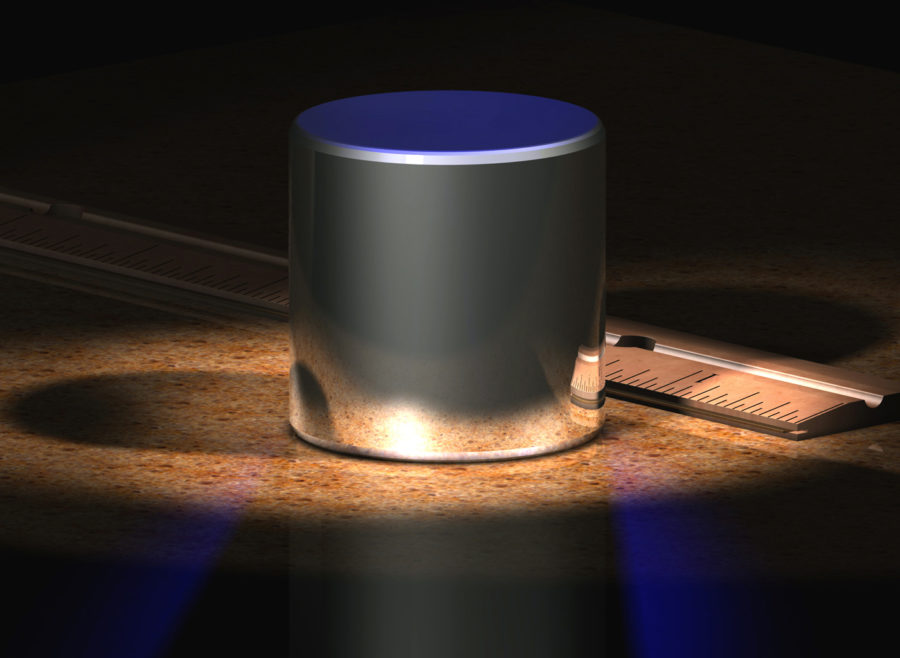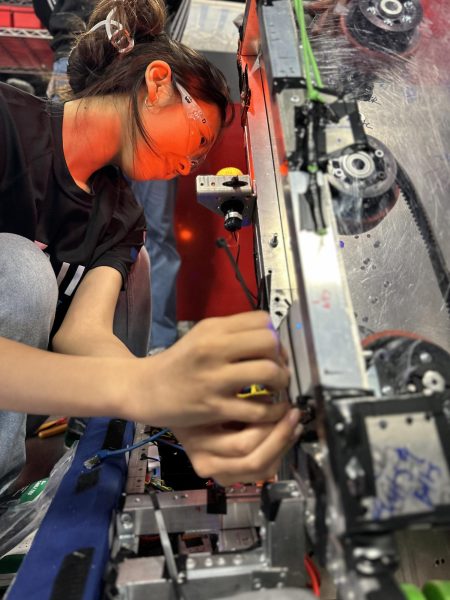Scientists Redesign the Kilogram for Better Accuracy
The cylinder is a computer-generated model of the old International Prototype Kilogram (IPK).
December 14, 2018
Scientists around the world met at the 26th General Conference on Weights and Measures on Nov. 16 in Versailles, France to redefine some fundamental International System of Units (SI units). This change would reduce detrimental impacts on fields such as medicine where precise measurements are crucial to avoid unnecessary health risks. The process and the logistics of how the changes were made had been lain out by scientists for years prior to the conference.
This change started when scientists learned the definition of a kilogram was becoming less and less accurate. The minute changes in mass over time prompted scientists to utilize Planck’s constant, a unit of measurement used in quantum mechanics, a branch of physics that deals with subatomic particles.
“I’ve been thinking about this, or working on it, for as long as I have been a scientist,” National Institute of Standards and Technology scientist Stephan Schlamminger said in an interview with the Guardian. “Planck’s constant never changes, so it is the same for all time. And its value is woven into the fabric of the universe, so it is there for everyone.”
If the definition of a kilogram accommodates this change, many units will also change unpredictably. Because units such as the ampere, mole and kelvin are also based on Planck’s constant, constants such as the elementary charge, Boltzmann constant and Avogadro constant will also be changed.
“We will now no longer be bound by the limitations of objects in our measurement of the world, but have universality accessible units that can pave the way to even greater accuracy, and even accelerate scientific advancement,” director of International Bureau of Weights and Measures Barry Inglis said according to TIME.
This updated measurement will be more precise, as there will no longer be fluctuations. The kilogram was based off of a metal cylinder created in 1889, which deviated by up to 50 micrograms from the original.
The new measurement has an uncertainty of only 13 parts per billion, or 0.000000013. By calculating the current in an electromagnet, Planck’s constant can be measured, which proves itself to be quite accurate.
“From the beginning of the universe ’til now, we haven’t seen any evidence of these constants varying. They pretty much cover the known universe and all time,” mechanical engineer Jon Pratt said according to Public Broadcasting Service (PBS).

















